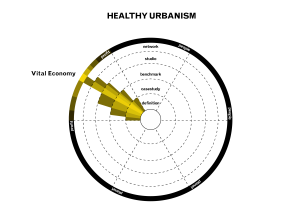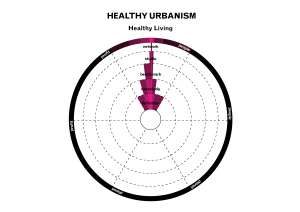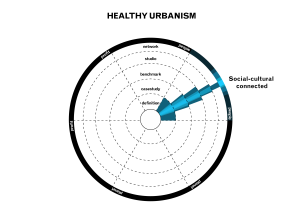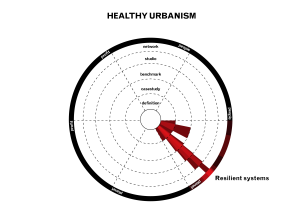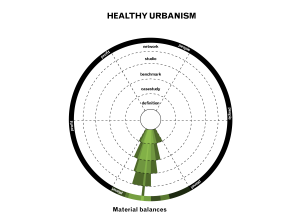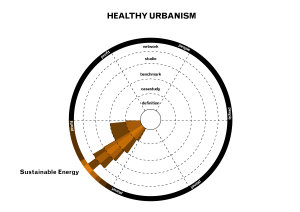At FABRICations we have adopted a comprehensive methodology to design resilient cities for a sustainable future. We offer our clients a range of products that vary in scale and level of development, according to their specific needs.
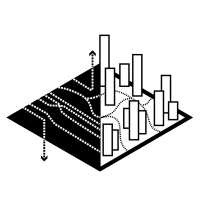
OUR SERVICES
We have been involving clients and partners in a continuous process of discovery and exploration, offering flexible products that vary in scale and approach.
OUR PRODUCTS
To tackle social, cultural, ecological and spatial aspects of our projects, we combine a research by design approach with a wide range of tools and products. We select the most appropriate methodology based on the conditions of each project, involving our clients in the process to ensure an effective outcome.
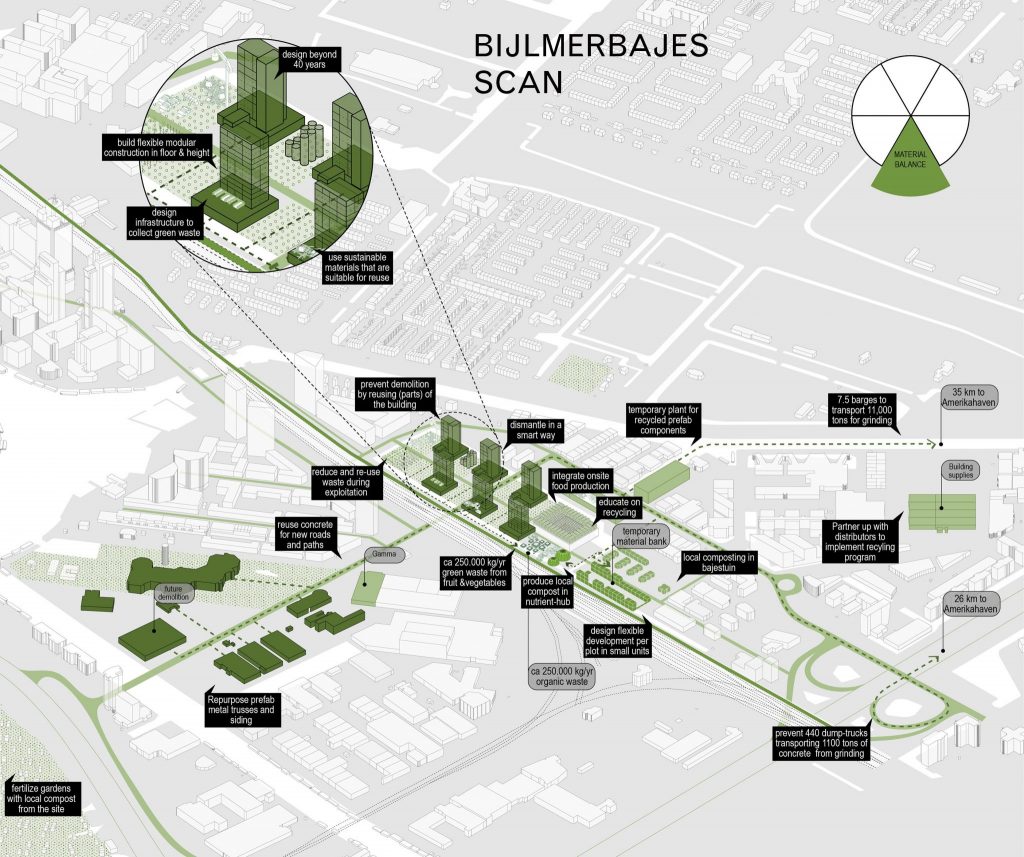
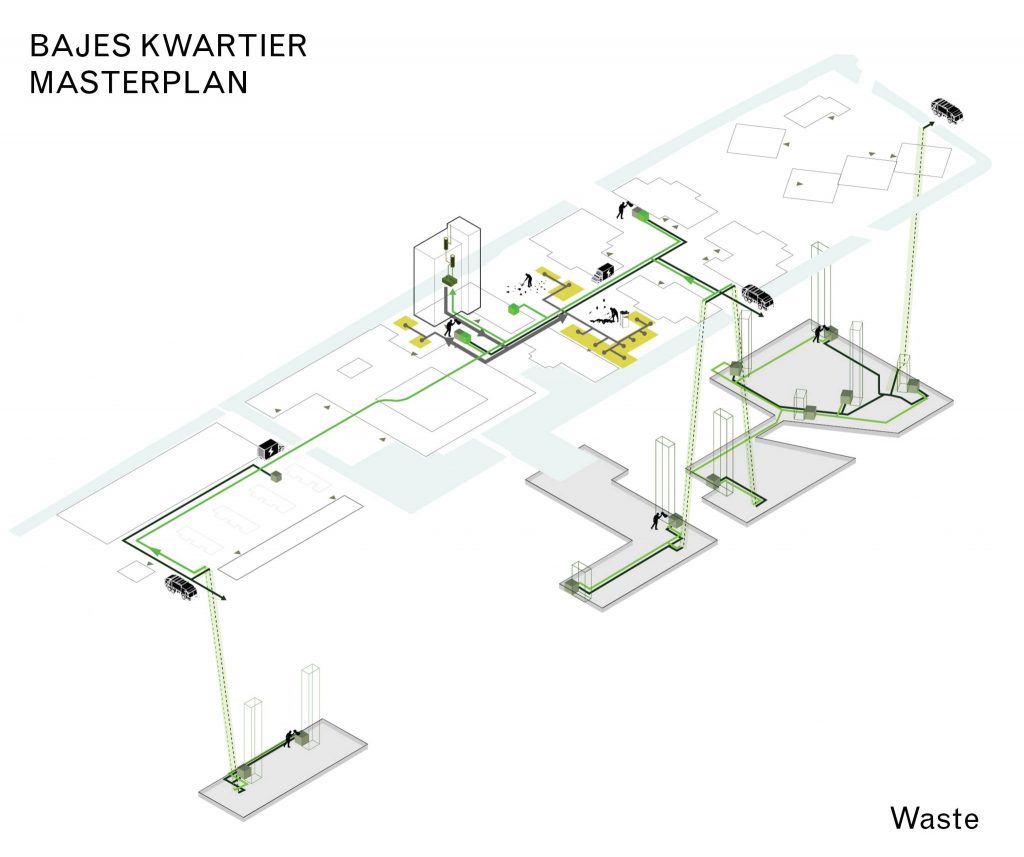
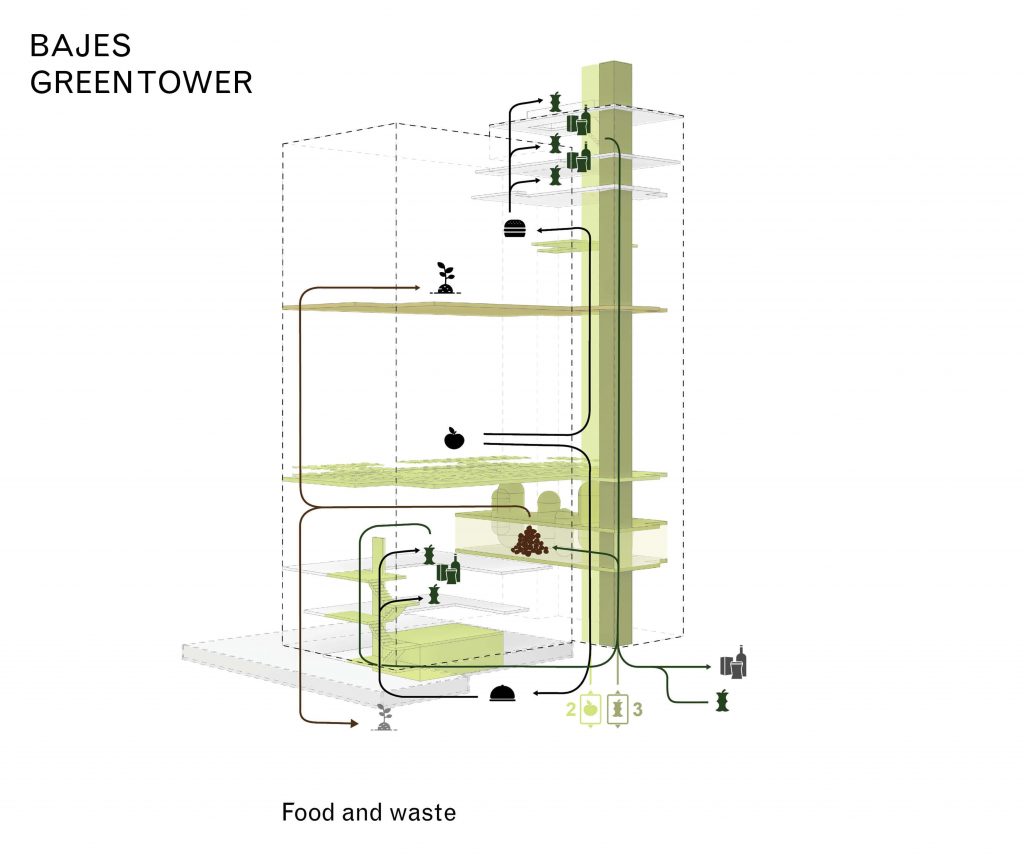
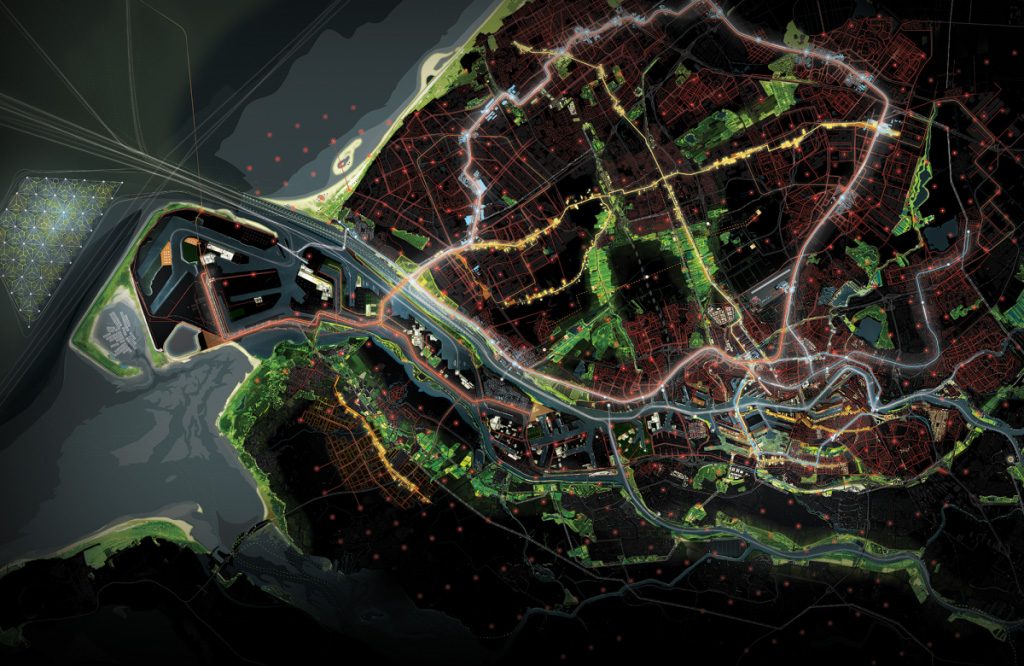
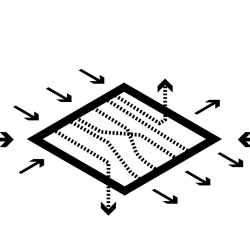

OUR EXPERTISES
Our cities need to incorporate 6 essential features to become resilient. They vary from infrastructural and strategical elements, to social and economic catalysts. In every project, the goal of our design is to implement these features in existing urban (eco)systems.
